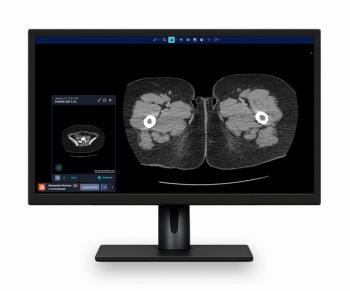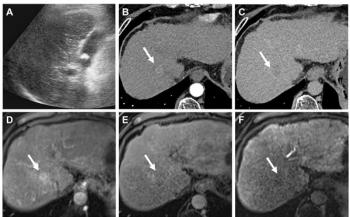
IT backbone feels impact of cardiac CT imaging
The growth of cardiac imaging may represent multislice CT’s greatest impact on diagnostic imaging. Hospital information technology infrastructures are feeling the burden.
The growth of cardiac imaging may represent multislice CT's greatest impact on diagnostic imaging. Hospital information technology infrastructures are feeling the burden.
"The information technology environment in the average hospital is not always equipped to handle the intensity of data from a high-end scanner," said Thomas van Elzakker, director of radiology CT for Philips Medical Systems.
When acquisition of a CT scanner is being considered, it is therefore also necessary to evaluate the status of the existing IT backbone. Particularly important are whether PACS can provide the necessary data storage capability, how well PACS viewing software can handle large CT data sets, and whether network pipes can handle the increased demand.
The shift toward cardiac CT imaging follows the advent of multislice systems with increased data acquisition and imaging capabilities able to compensate for the beating of the heart without motion artifact. Earlier CT generations could not do this.
More than 1800 scanners worth $1.4 billion were purchased in North America alone in 2004. Virtually all the sales in the U.S. involve multislice CT systems, van Elzakker said. He called it almost mandatory to acquire a multislice system just to remain current for the next five to seven years.
"Coverage is emerging as the most significant factor, over number of slices and speed," he said.
Coverage becomes more important when considering studies of organ function over time, such as coronary function, rather than mere morphology.
The major institutional infrastructure challenge is finding a way to store all the data that result from scanning procedures. For large studies such as cardiac scans, this could mean storing thousands of images per exam.
Prospective buyers need to focus on the imaging needs of their particular practice because CT has a wider array of applications than any other modality. Some may not be needed in conventional practices, van Elzakker said.
"If an imaging center purchases a multislice system, it also needs the software applications, including PACS and workstations that can handle the proliferation of data associated with new CT systems," he said.
Many existing PACS have some difficulty handling the proliferation of scanner data, which could be a major problem for many institutions, he said. Ease of use is also critical, since the number of CT procedures is rising due to improved CT technology and consequent increase in applications.
"This increase in procedures may put a strain on available staff resource and should be carefully considered," van Elzakker said.
Newsletter
Stay at the forefront of radiology with the Diagnostic Imaging newsletter, delivering the latest news, clinical insights, and imaging advancements for today’s radiologists.




























